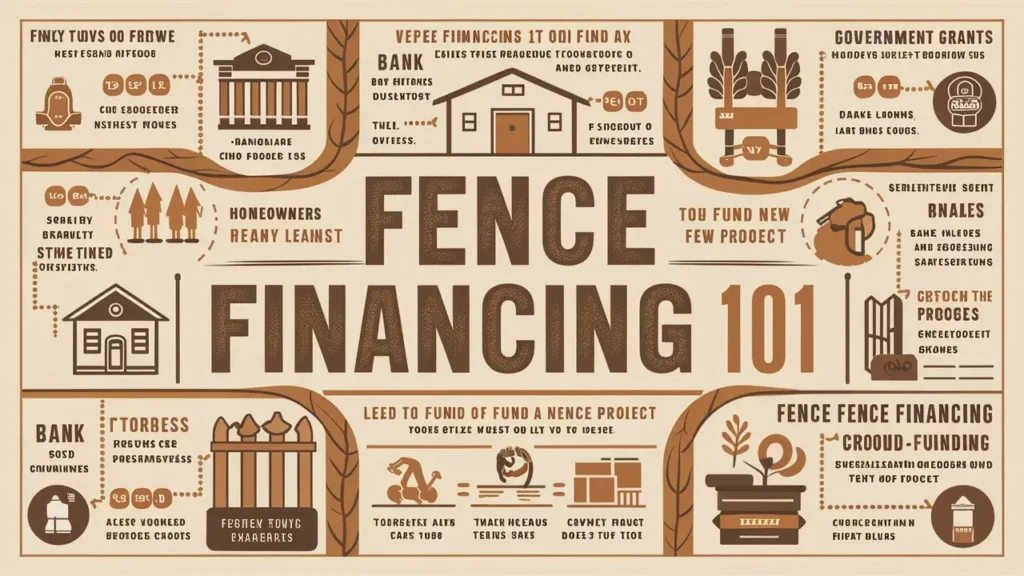Fence financing can be a bit tricky for homeowners wanting to invest in a new fence. Whether you need privacy, security, or just want to boost your curb appeal, finding the right financial solution is crucial.
From personal loans to home equity lines of credit, there are various ways to fund your fence installation. In this blog, we’ll cover the basics of fence financing, what to consider when choosing an option, and tips for securing the best deal for your project.
Understanding the Cost of a New Fence
Before diving into financing options, you need to understand the cost factors of a new fence. Things like the type of material, fence size, labor costs, and extra features can really affect the total price.
Knowing these expenses upfront helps you figure out how much funding you need and which financing option fits your budget.
We’ll break down the typical costs and show you how to estimate your total expenses accurately.
Exploring Financing Options for Your Fence Project
Once you know the costs, it’s time to look at financing options. From personal loans and home equity loans to credit cards and vendor financing, there are many ways to fund your new fence.
Each option has its own terms, interest rates, and repayment schedules, so it’s important to evaluate them carefully.
We’ll dive into the pros and cons of different financing alternatives, helping you make an informed decision that fits your financial goals.
Stay informed and empowered as you explore funding for your dream fence.
Securing a Loan for Your Fence
Getting a loan for your fence is a crucial step. Compare interest rates, repayment terms, and eligibility requirements.
Personal loans offer flexibility but might have higher interest rates. Home equity loans usually have lower rates but need collateral. Credit cards provide quick funds but carry high-interest rates. Vendor financing may have promotional rates but also potential risks.
Communicate clearly with lenders, review loan agreements thoroughly, and understand all terms before committing. With careful research, you can choose a loan that suits your needs and successfully fund your fence project.
Budgeting and Planning for Fence Payments
Budgeting and planning for fence payments are vital. Start by assessing your financial situation and setting a realistic budget for monthly payments. Consider your income stability and other expenses to ensure you can handle the added responsibility.
Create a detailed payment plan that matches your budget and loan terms to avoid surprises or financial strain. Stick to your payment plan to build a positive payment history and maintain your credit score. Effective budgeting and planning are key to funding your new fence project successfully.
Tips for Successful Fence Financing
1. Compare Loan Options:
Research and compare different financing options to find the best fit for your situation.
2. Check for Incentives:
Look for potential incentives, rebates, or discounts offered by lenders or government programs.
3. Plan for Unexpected Costs:
Set aside a contingency fund for unforeseen expenses during the project.
4. Monitor Your Credit Score:
Keep track of your credit score and work on improving it if needed for better financing terms.
5. Seek Professional Advice:
Consult a financial advisor or loan officer for personalized guidance on fence financing.
Final Thoughts:
As you navigate the process of financing your new fence, stay focused on your financial goals and priorities. Take the time to assess your loan options and consider all potential incentives. Plan for unexpected costs and maintain a good credit score throughout the process.
Seeking professional advice can provide valuable insights to make informed decisions. Stick to your budget and project timeline, and you’ll soon enjoy your beautifully fenced property. Keep following our blog for more tips on achieving your fencing project funding goals.

